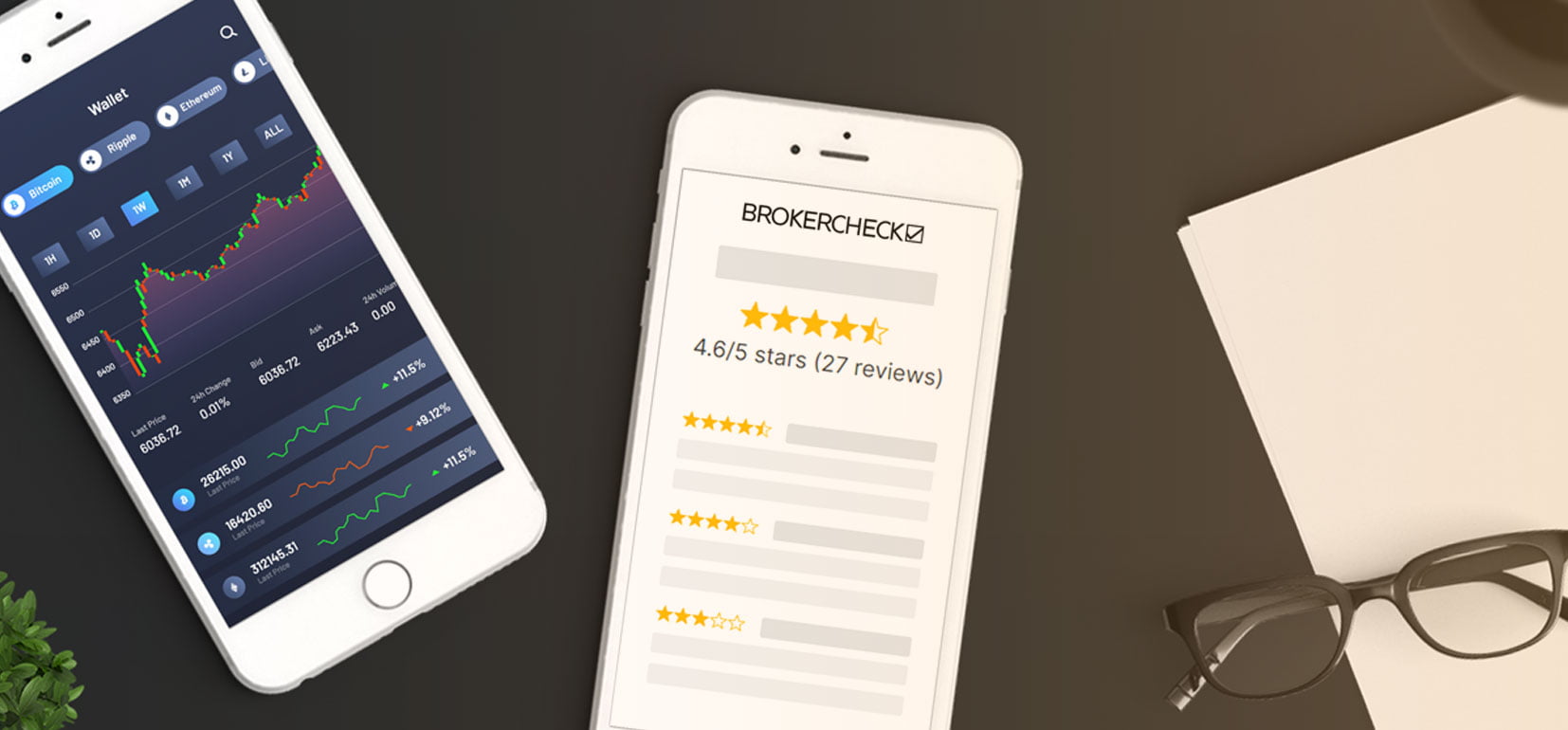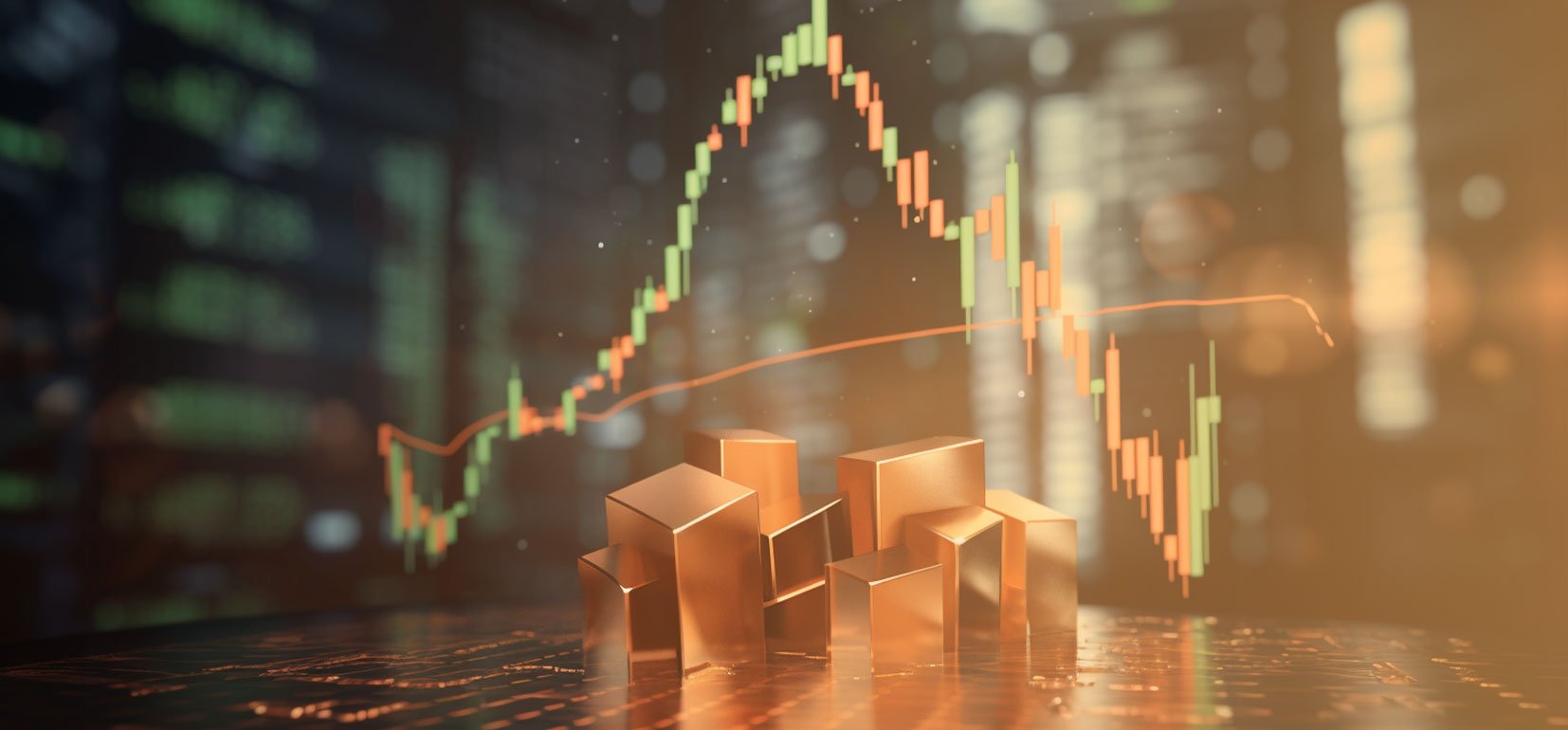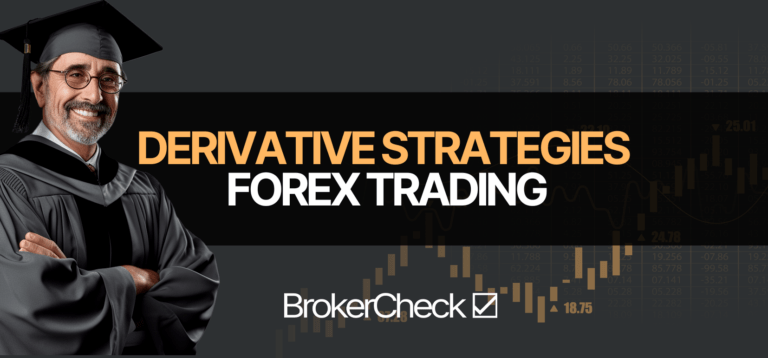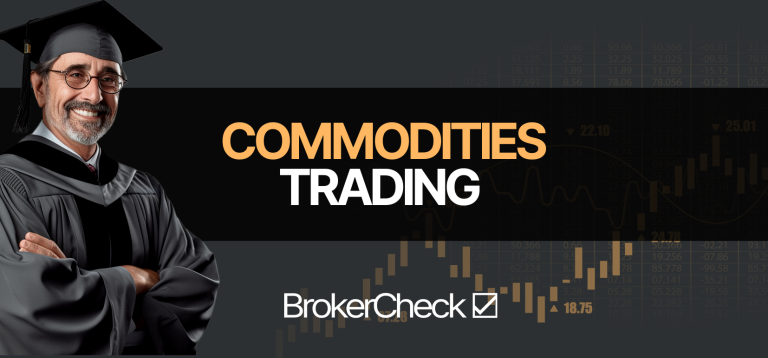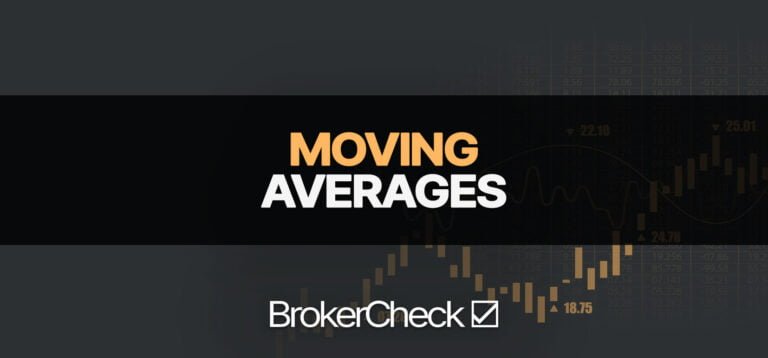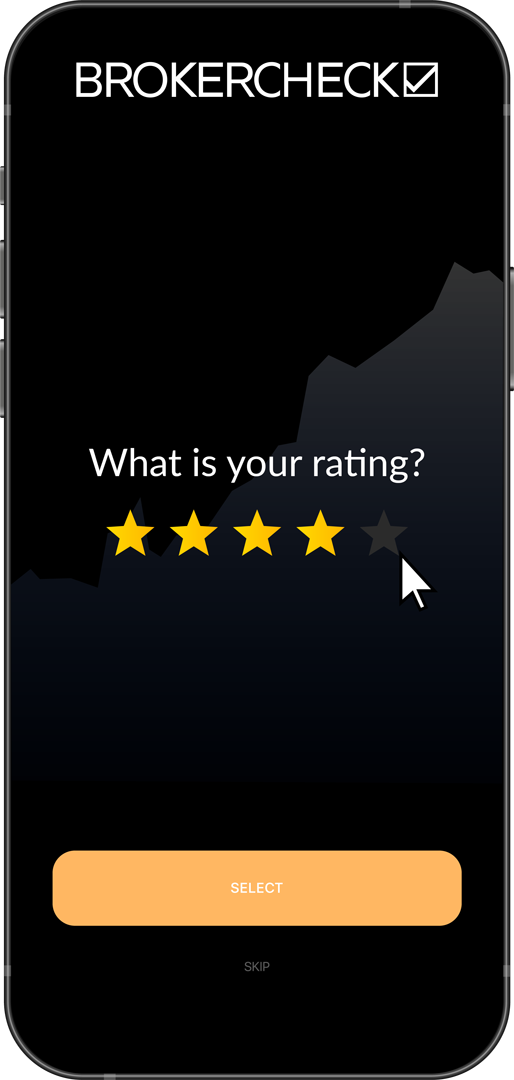1. Understanding Copper Trading
Copper trading is an intriguing avenue to explore in the world of commodities. This reddish-gold metal is not just a fundamental component of our daily lives, but also a dynamic instrument in the trading arena. As a trader, you must understand that the price of copper is influenced by a myriad of factors, from global supply and demand to geopolitical events and economic indicators.
Supply and demand play a crucial role in copper trading. Copper mines across the globe, primarily in Chile and Peru, dictate the supply side of the equation. On the other hand, the demand for copper is driven by its extensive use in various industries, including construction, electronics, and transportation. Hence, any fluctuations in these sectors can significantly impact copper prices.
Geopolitical events can also sway copper prices. For instance, any political instability in copper-producing countries can disrupt the supply chain, causing prices to spike. Conversely, peaceful political climates can lead to increased production and a drop in prices.
Economic indicators are another key factor to consider when trading copper. As an industrial metal, copper’s demand is closely tied to the health of the global economy. When economies are booming, demand for copper increases, which typically leads to higher prices. Conversely, during economic downturns, copper demand may decrease, leading to lower prices.
Knowledge of these factors is just the starting point. Successful copper trading requires a keen eye on market trends, a solid understanding of risk management, and the ability to make informed decisions in a fast-paced environment. With these skills, you can harness the potential of copper trading and add a new dimension to your trading portfolio.
1.1. What is Copper Trading?
Copper trading is a dynamic and potentially lucrative venture that hinges on the buying, selling, and speculation of copper as a commodity. This red metal, known for its high thermal and electrical conductivity, is an essential component in a variety of industries, including construction, electronics, and power generation, making it a sought-after resource in global markets.
The beauty of copper trading lies in its versatility. Traders can engage in this market through various avenues, including physical trading, futures contracts, options, ETFs (Exchange-Traded Funds), and CFDs (Contracts for Difference). Each of these methods offers unique advantages and challenges, providing traders with a myriad of opportunities to capitalize on market trends.
Physical trading involves the direct purchase and sale of the metal, often in large quantities. This form of trading requires substantial capital, storage, and logistics but provides a tangible asset that can appreciate over time.
Futures contracts are agreements to buy or sell a specific amount of copper at a predetermined price at a future date. This method allows traders to hedge against price fluctuations and speculate on future market movements without the need to physically own the metal.
Options give traders the right, but not the obligation, to buy or sell copper at a specific price within a set time frame. This method provides flexibility and control over potential profits and losses.
ETFs are investment funds traded on stock exchanges, much like individual stocks. Copper ETFs offer exposure to the metal’s price movements without the need for physical storage or futures contracts.
Lastly, CFDs allow traders to speculate on copper price movements without owning the underlying asset. This method offers high leverage, meaning traders can control a large position with a relatively small amount of capital.
Understanding these trading methods and their respective pros and cons is crucial for anyone looking to venture into the copper market. With the right knowledge and strategy, copper trading can offer a wealth of opportunities for profit and portfolio diversification.
1.2. How Copper Trading Works
Just like any other commodity, the trading of copper is governed by the fundamental dynamics of supply and demand. When demand outstrips supply, prices rise, and when supply exceeds demand, prices fall. The primary venues for trading copper are the London Metal Exchange (LME) and the COMEX division of the New York Mercantile Exchange (NYMEX).
Traders can participate in the copper market in several ways. One of the most direct methods is through the purchase and sale of physical copper. This could be in the form of copper bars, coins, or even copper wire. However, this method is typically reserved for larger institutional investors due to the high costs and logistical challenges associated with storing and transporting physical copper.
For individual traders, a more accessible way to trade copper is through futures contracts. These are standardized contracts to buy or sell a certain amount of copper at a predetermined price on a specific future date. Traders can profit from price fluctuations without having to physically handle the metal.
Another popular method is through the trading of Exchange-Traded Funds (ETFs) that track the price of copper. These funds buy and hold copper futures contracts on behalf of their investors, providing a convenient way for traders to gain exposure to copper price movements.
Finally, traders can also invest in shares of copper mining companies. These stocks tend to rise and fall in line with copper prices, as the profitability of these companies is directly linked to the price of the metal they produce.
Regardless of the method chosen, successful copper trading requires a solid understanding of the various factors that can influence copper prices. These can include global economic trends, the health of the construction and manufacturing sectors, and geopolitical events, among others. By staying informed and making calculated decisions, traders can potentially profit from the volatility in the copper market.
2. Getting Started with Copper Trading
Getting your feet wet in the vast ocean of copper trading can be both exciting and slightly intimidating. But don’t fret, as we’re here to guide you through the process. The first thing you need to understand is the fundamental factors that influence the price of copper. Copper prices are largely determined by the laws of supply and demand. When the demand for copper exceeds its supply, prices rise and vice versa.
Moreover, the economic health of major economies, especially those with strong manufacturing sectors like China and the U.S., also play a big role in copper prices. When these economies are booming, the demand for copper typically increases, pushing prices up. On the other hand, during an economic downturn, the demand for copper tends to drop, leading to a decrease in prices.
Once you understand these fundamentals, the next step is to choose your trading style. There are several ways to trade copper including futures contracts, options, exchange-traded funds (ETFs), and stocks of copper mining companies. Each of these options has its own set of advantages and disadvantages, and it’s important to choose the one that fits your risk tolerance, investment goals, and trading skills.
Technical analysis is another critical tool in your copper trading arsenal. This involves studying price charts and using various indicators to predict future price movements. However, remember that while technical analysis can be incredibly useful, it’s not foolproof. It’s always a good idea to supplement your technical analysis with fundamental analysis to make more informed trading decisions.
Lastly, always remember to manage your risk. No matter how confident you are in your trading decisions, there’s always a chance that things won’t go as planned. By setting stop-loss orders and only risking a small percentage of your trading capital on each trade, you can protect yourself from catastrophic losses.
There you have it – a brief overview of getting started with copper trading. Armed with this knowledge, you’re now ready to dive into the world of copper trading and start making profitable trades. Remember, the key to successful trading is continuous learning and staying updated with market trends. Happy trading!
2.1. Basic Requirements for Copper Trading
Before you dive headfirst into the dynamic world of copper trading, it’s crucial to grasp the basic requirements that can set the stage for your trading journey. First and foremost, you need to open a trading account with a reputable broker who offers commodities trading, specifically copper. This broker should be regulated by a recognized financial authority to ensure your investment is secure.
Knowledge is your most powerful weapon in trading. Familiarize yourself with the factors that influence copper prices. These include global economic trends, demand and supply dynamics, geopolitical events, and even the weather, as it can disrupt mining activities. Various online resources, including webinars, e-books, and market analysis reports, can help you stay informed and make educated decisions.
Capital is the next critical requirement. The amount of capital you’ll need depends on your risk tolerance, trading strategy, and the contract size you intend to trade. Remember, commodities trading, including copper, involves significant risk, and it’s possible to lose more than your initial investment.
A trading plan is an essential tool that guides your trading activities. It should outline your financial goals, risk tolerance, and specific criteria for entering and exiting trades. This plan should be flexible enough to adapt to changing market conditions but disciplined enough to prevent impulsive decisions driven by fear or greed.
Finally, you’ll need a reliable trading platform that provides real-time market data, advanced charting tools, and a user-friendly interface. Many brokers offer proprietary platforms, while others may provide access to third-party platforms. Choose a platform that suits your trading style and technical requirements.
In the volatile world of copper trading, these basic requirements are not mere suggestions but prerequisites for success. Equip yourself with these tools, and you’ll be well on your way to navigating the copper market with confidence and precision.
2.2. Developing a Copper Trading Strategy
Understanding the market dynamics is the first step in developing your copper trading strategy. Copper, often referred to as “Dr. Copper,” has earned a Ph.D. in economics because of its ability to predict turning points in the global economy. This is due to its widespread use in all sectors of the economy, from homes and factories to electronics and power generation. When copper prices are rising, it often indicates a healthy economy, while falling prices may suggest a slowdown.
Technical analysis is a powerful tool for predicting future price movements. This involves studying price charts to identify patterns and trends that can indicate where the price is likely to go in the future. Common technical analysis tools used in copper trading include trend lines, moving averages, and Fibonacci retracement levels.
Fundamental analysis, on the other hand, involves studying the underlying factors that affect the supply and demand for copper. These can include geopolitical events, economic indicators, and changes in industry trends. For instance, a surge in the construction industry could increase demand for copper, pushing prices up.
Risk management is another crucial aspect of your trading strategy. This involves setting stop loss orders to limit your losses if the market moves against you, and take profit orders to secure your profits when the market moves in your favor. It’s also important to only risk a small percentage of your trading capital on any single trade, to protect against large losses.
Finally, practice makes perfect. Consider using a demo trading account to practice your strategy and hone your skills before risking real money. This can help you gain confidence and experience, and identify any weaknesses in your strategy that need to be addressed.
Remember, developing a successful trading strategy takes time and patience, but with careful analysis and risk management, you can increase your chances of success in the copper market.
3. Key Factors Influencing Copper Prices
Supply and Demand is the first fundamental factor that affects copper prices. As with any commodity, when supply exceeds demand, prices fall and vice versa. Copper is heavily used in construction and electrical industries. Thus, the health of these industries can significantly impact copper demand.
Geopolitical Factors also play a critical role in copper pricing. Copper production is concentrated in politically unstable regions. Any disruption in these areas, such as labor strikes or political unrest, can limit supply and drive prices up.
The third factor is the Strength of the US Dollar. Copper, like other commodities, is priced in US dollars on the global market. Therefore, when the dollar strengthens against other currencies, it makes copper more expensive for buyers using those currencies, which can reduce demand and lower copper prices.
Speculation is another key factor. Traders’ perceptions of future supply, demand, geopolitical events, and economic conditions can cause copper prices to move dramatically in a short period.
Finally, Substitution can influence copper prices. If the cost of copper rises too high, manufacturers may opt to use substitutes like aluminum or plastic, reducing demand for copper and potentially driving down its price.
Keep in mind that these factors often interact in complex ways. For instance, a strong US dollar might decrease demand and lower prices, but if there’s a simultaneous supply disruption due to a strike in a major copper-producing region, prices could still rise. It’s this dynamic interplay of factors that makes trading copper, or any commodity, a challenging and potentially rewarding endeavor.
3.1. Supply and Demand Dynamics
Copper, often referred to as ‘Dr. Copper’ in trading circles, has a unique ability to gauge the pulse of the global economy. Its wide-ranging applications, from construction to electronics, make it a barometer for industrial growth and economic health.
Understanding supply and demand dynamics is crucial to successful copper trading. On the supply side, factors like mining disruptions due to strikes, environmental regulations, or geopolitical tensions can cause a sudden shortfall, pushing prices up. For instance, Chile, being the world’s largest copper producer, any instability or policy change there can have a significant impact on global copper prices.
On the demand side, consider the economic health of major copper-consuming countries. China, for instance, accounts for nearly half of global copper consumption. A surge in Chinese manufacturing activity could mean increased demand for copper, driving prices higher. Conversely, an economic slowdown could depress demand, leading to lower prices.
It’s also worth noting the role of substitution. If copper prices climb too high, manufacturers may opt for cheaper alternatives like aluminum. This potential switch can put a cap on how high copper prices can go, adding another layer of complexity to copper’s supply and demand dynamics.
Finally, don’t overlook the impact of speculative trading. Copper futures are a popular instrument for hedge funds and other speculative traders. Their buying and selling activity can sometimes drive price movements independently of underlying supply and demand fundamentals.
In the world of copper trading, the adept reading of supply and demand dynamics can provide the edge needed to turn a profit. It’s about understanding the myriad factors at play and how they interrelate. By keeping a close eye on these dynamics, you can anticipate price movements and make informed trading decisions.
3.2. Macro-Economic Factors
The world of copper trading is inextricably linked to the ebb and flow of global macro-economic factors. A solid understanding of these factors can provide traders with a significant edge in the market. At the heart of these factors lie supply and demand dynamics.
The demand for copper is significantly influenced by the health of the global economy. As a key component in various industries, including construction, electronics, and transportation, the demand for copper rises during periods of economic growth. Conversely, during economic downturns, demand for copper tends to fall. Therefore, monitoring key indicators of economic health such as GDP growth rates, industrial production, and construction activity can provide valuable insights into potential shifts in copper demand.
On the supply side, factors such as mine output, labour disputes, and geopolitical events can impact the availability of copper. For instance, labour strikes in major copper-producing countries can lead to a sudden decline in copper output, leading to a supply shortage and potential price increases. Similarly, geopolitical tensions can disrupt copper supply chains, creating volatility in the copper market.
Furthermore, the role of central banks’ monetary policies cannot be overlooked. Lower interest rates often stimulate economic activity, leading to increased demand for copper. Conversely, high interest rates can dampen economic growth and, in turn, copper demand.
Finally, currency fluctuations, particularly in the U.S. dollar, can impact the price of copper. As copper is primarily traded in U.S. dollars, a stronger dollar makes copper more expensive for buyers using other currencies, potentially reducing demand.
In essence, successful copper trading requires a keen eye on the macro-economic landscape. By understanding these factors, traders can anticipate market movements and make more informed trading decisions.
4. Navigating the Challenges of Copper Trading
Copper trading is not for the faint-hearted. It’s a realm marked by volatility, complexity, and a steep learning curve. However, with the right knowledge and strategies, it can also be a field of significant opportunity.
Firstly, understanding the fundamental drivers of copper prices is crucial. Copper is a key industrial metal, used in a wide range of sectors from construction to electronics. Therefore, its price is strongly influenced by macroeconomic factors such as global economic growth, industrial production, and geopolitical tensions. For instance, a surge in infrastructure spending can boost demand for copper, pushing up its price. Conversely, an economic downturn can depress demand and pull down prices.
Secondly, traders need to navigate the technical aspects of copper trading. This includes understanding how to read and interpret price charts, using technical indicators to predict future price movements, and managing risks through stop-loss orders and other tools.
Market sentiment is another key factor that can move copper prices. Traders need to stay attuned to shifts in market mood, which can be influenced by factors ranging from economic data releases to news headlines. For example, a positive news story about copper demand can trigger a buying frenzy, driving up prices.
Finally, the physical characteristics of copper trading pose unique challenges. Copper is traded in large quantities, and its physical delivery can be expensive and logistically complex. Therefore, many traders opt for financial instruments such as futures contracts, which allow them to trade copper without having to physically handle the metal.
In the world of copper trading, knowledge is power. The more you understand about the market’s intricacies, the better equipped you’ll be to navigate its challenges and capitalize on its opportunities. Whether you’re a novice trader or a seasoned pro, continuous learning and adaptation are key to success in this dynamic market.
4.1. Volatility in Copper Prices
As traders, we thrive on volatility. And when it comes to copper, the price swings can be as electrifying as a high-voltage power line. Why is copper so volatile? The answer lies in its fundamental role in global industries. From construction to electronics, copper is a key component, and its demand is directly tied to economic growth.
Supply disruptions are another factor that can send copper prices soaring or plummeting. Strikes at copper mines, political instability in copper-producing countries, and changes in environmental regulations can all impact the supply of copper and, consequently, its price.
Speculation also plays a significant role in copper’s volatility. Traders, hedge funds, and institutional investors all try to predict future price movements and make trades accordingly. This speculation can cause copper prices to swing wildly, even in the absence of any significant changes in supply or demand.
So, as a trader, how do you navigate this volatility? The key is to stay informed. Keep a close eye on economic indicators, monitor news from copper-producing regions, and analyze market trends. And remember, while volatility can be risky, it also provides opportunities for significant profits.
Strategic hedging can also be a useful tool for managing risk in the copper market. By taking positions that are likely to move in the opposite direction of your copper investments, you can offset potential losses and protect your portfolio.
In the world of copper trading, volatility is not just a challenge – it’s an opportunity. With the right knowledge, strategy, and a bit of courage, you can turn copper’s price swings to your advantage.
4.2. Regulatory Considerations
Regulatory considerations are a critical component of trading copper, shaping the landscape of this dynamic market. The regulatory environment can influence everything from the price of copper to the trading strategies that are most successful.
Firstly, it’s important to understand that copper trading is regulated by the Commodity Futures Trading Commission (CFTC) in the United States. This government agency oversees the futures and options markets to protect market participants and the public from fraud, manipulation, and abusive practices. The CFTC’s rules and regulations are designed to promote transparency and integrity in the copper market, which can have a significant impact on trading strategies and outcomes.
Secondly, copper traders should be aware of the role of the London Metal Exchange (LME). The LME is the world’s leading market for non-ferrous metals trading, including copper. The exchange sets and enforces rules and regulations for its members, which can influence the global copper market.
Moreover, traders should also be cognizant of the environmental regulations that impact copper production. These regulations can affect the supply of copper, and thus, its price. For instance, stricter environmental regulations can limit the amount of copper that mines can produce, potentially driving up the price of the metal.
Lastly, it’s worth noting that international trade policies and tariffs can also have a significant effect on the copper market. Changes in these policies can influence the demand for copper, which can, in turn, impact its price.
In essence, regulatory considerations are a key aspect of copper trading that should not be overlooked. A thorough understanding of these regulations can help traders navigate the copper market more effectively and make more informed trading decisions.

